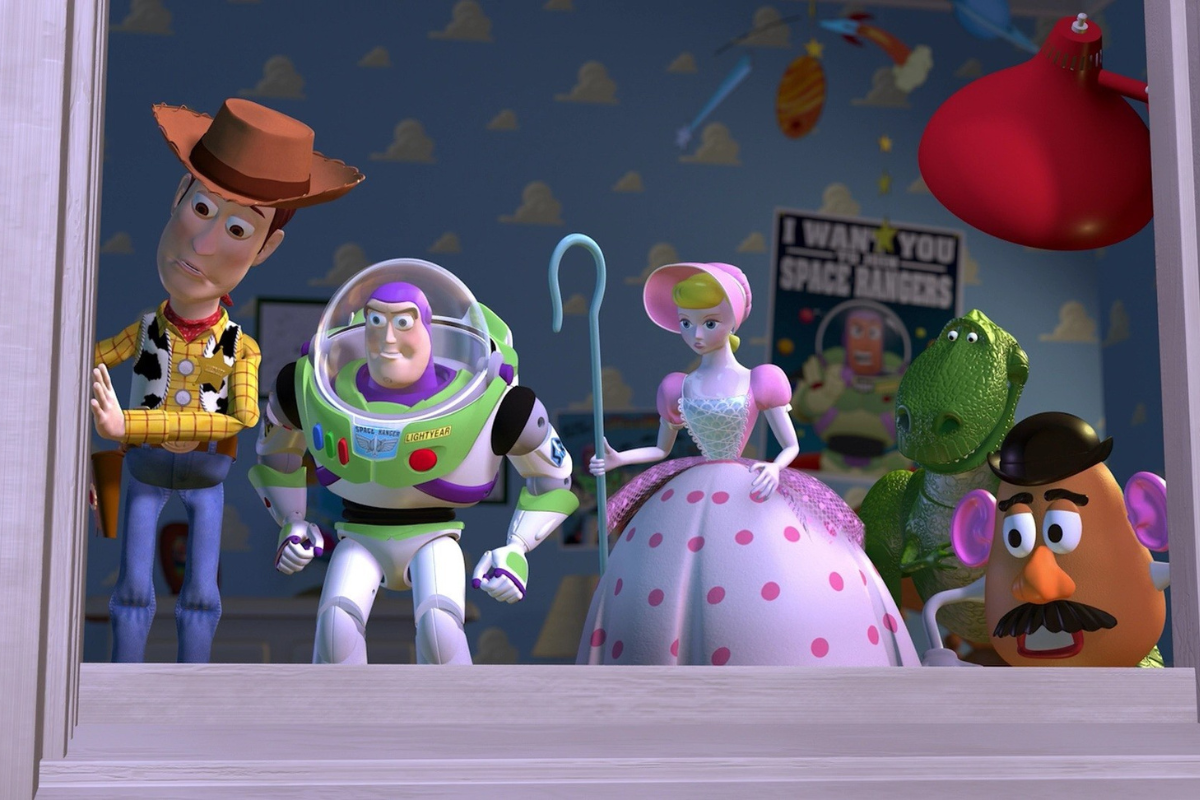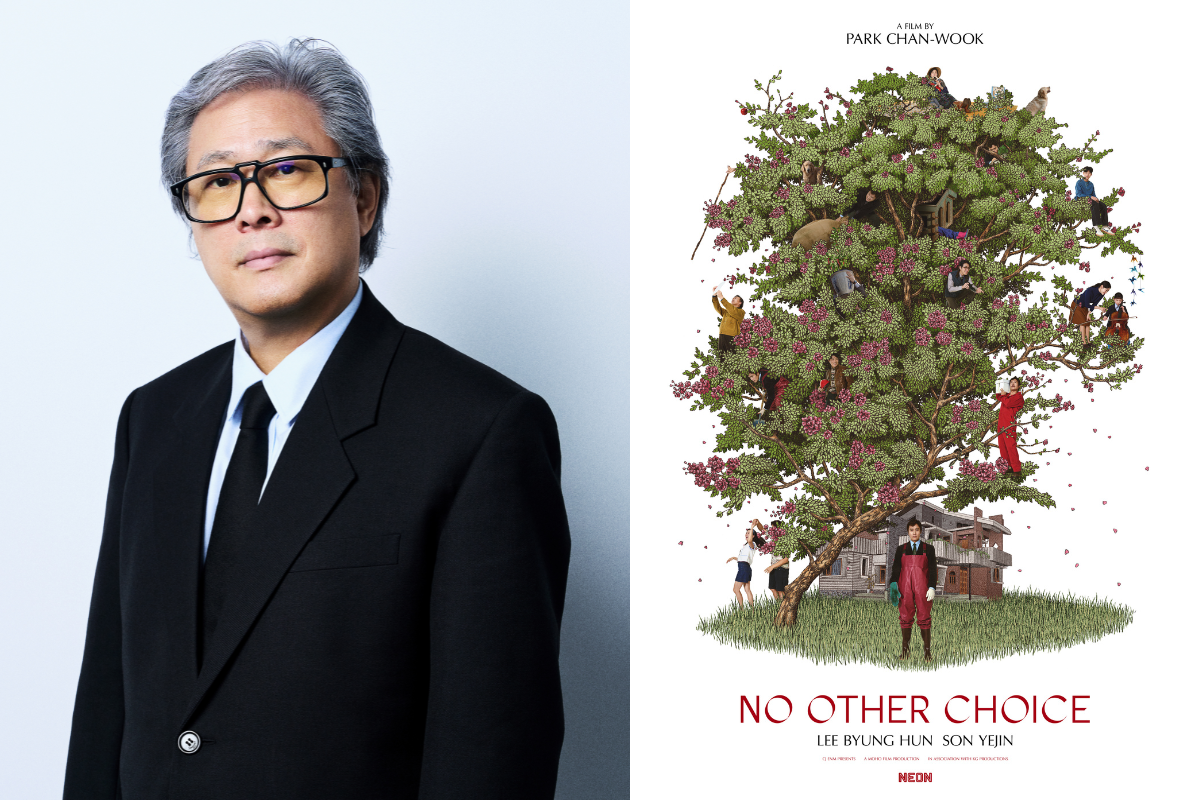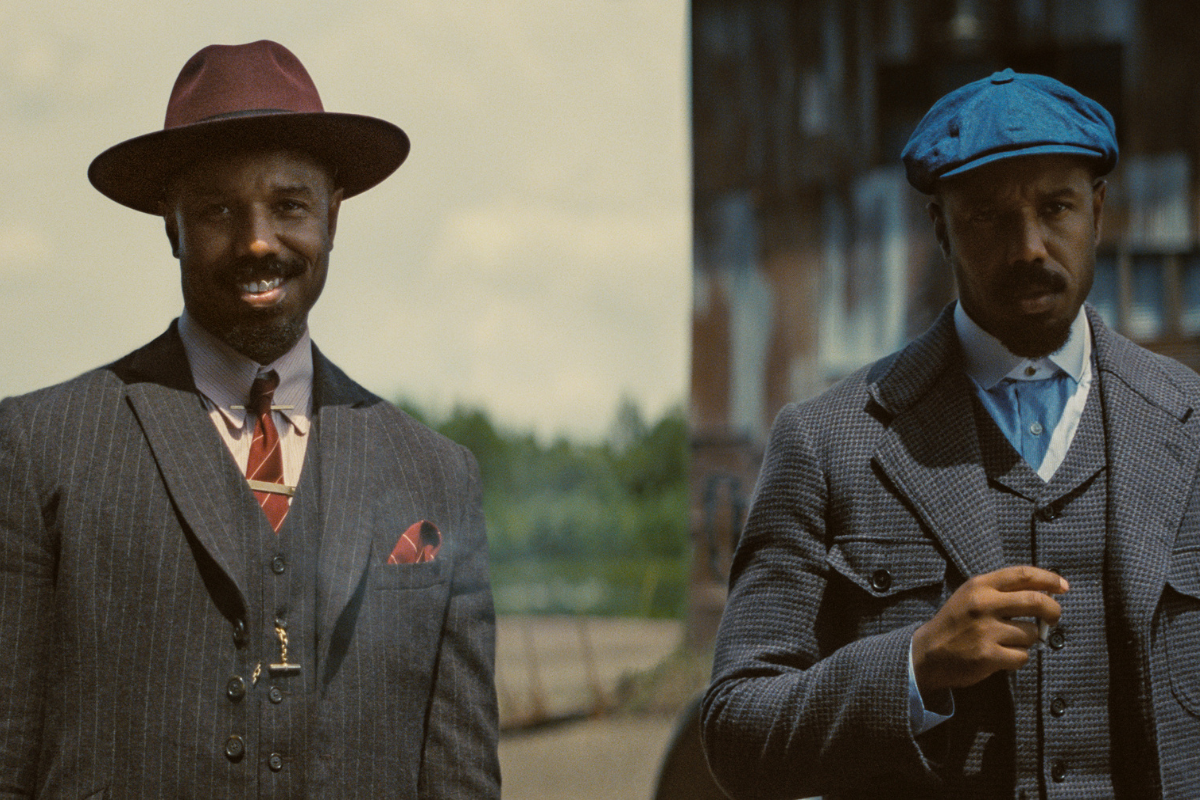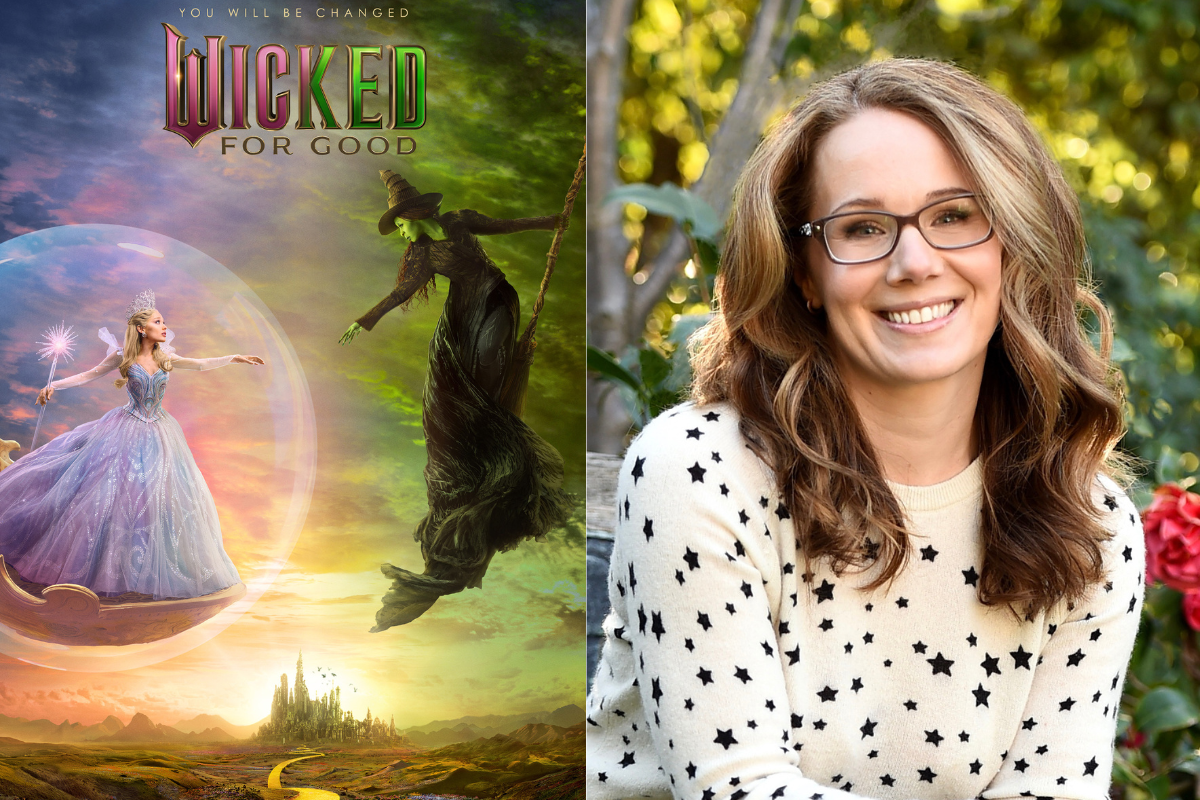Margaret Betts Bravely Examines the “Brides of Christ” in Novitiate
One of 2017’s most absorbing films for adults, Margaret Betts’ Novitiate explores the multidimensionality of the decision to become “a bride of Christ,” starring Melissa Leo.
One of 2017’s most absorbing films for adults, Margaret Betts, screenwriter and director of Novitiate, explores the multidimensionality of the decision to become “a bride of Christ,” starring Melissa Leo.
Bob Verini is the Los Angeles-based theater critic for Daily Variety, for whom he also contributes features on film, theater and television. Since 2000 he has been a senior writer for Script. Twitter: @BobVerini
As movie subjects, Catholic nuns have had limited interest for filmmakers. Those who choose to give up worldly concerns and devote their lives to God are often as not treated as quaint anachronisms, as in The Trouble With Angels or Sister Act. At the furthest extreme, their calling is portrayed as backward at best and a downright retreat from carnality at worst, manifested in films like Black Narcissus or Ken Russell’s The Devils as psychotic, murderous frenzy.
Occasionally a film will come along like Fred Zinnemann’s The Nun’s Story, respecting the profound interior soul journey that leads a novice to take the veil, and her struggle to decide whether she is proceeding down her destined road. But more often than not, the cinematic nun is simply a slightly remote, out-of-kilter figure of warmth and fun, typefied by Ingrid Bergman in The Bells of St. Mary’s—kind, discreetly tubercular, willing to teach a young boy how to box—or the funny ladies in penguin robes of The Sound of Music, practicing their odd rituals from which Maria von Trapp, we are assured, was lucky to escape.
One-dimensional portraits of the past lend Margaret Betts’ Novitiate much of its considerable power. One of 2017’s most absorbing films for adults, it explores the multidimensionality of the decision to become “a bride of Christ,” examining with sociological precision the spiritual quest of its protagonist Cathleen (Margaret Qualley), a non-Catholic who by chance finds herself in parochial school and becomes overwhelmed by a desire to bond with her Creator. Moreover, writer-director Betts has shrewdly planted her tale at a momentous historical juncture, when the very essence of convent life was called into question and upended.
That turning point, serving to raise the stakes and heighten the story’s drama, is the early 1960s, the time of the Second Vatican Council. Colloquially known as “Vatican II” then as now, it was called by then-Pope John XXIII to, in his words, “Open the windows and let in some fresh air,” eventually prompting the world’s Cardinals to force the Catholic Church abruptly into the modern era. Much reform came out of the three-year-long conclave, including the replacement of local languages for Latin, greater interfaith dialogue, and a deeper sense of identification between presider (the priest) and the faithful.
But no changes were more radical, or felt more deeply, than the Council’s decision to drastically reconstruct nuns’ function and lifestyle. Concerned about the hygiene of the traditional flowing black-and-white robes, and convinced that modernizing their habits—both of dress and of behavior—would better serve their communities, the Council laid out strict directives which, before too long, prompted thousands of nuns to leave the convent and religious life altogether.
Of course, Vatican II was not the only force to impact their thinking. The rapid growth of the women’s movement offered new, more worldly vocational choices, while at about the same time, Catholic families were becoming progressively smaller, offering fewer “extra children” that could be offered to the Church as nuns and priests than in the past. These and other factors contributed to the vast decline in the number of nuns worldwide, particularly in the U.S., where the population dropped from around 180,000 in 1965 to fewer than 60,000 just eight years ago.
Without doubt, however, the decision of Vatican II’s elders to essentially repudiate nuns’ traditional lifelong commitment, definitional over the centuries, was received as nothing less than a body blow in nunneries worldwide. It certainly brings turmoil to the serenity of the Reverend Mother (Melissa Leo) in Novitiate, tearing at the convent’s fault lines and leading to gripping drama.
One is surprised to learn that religion was not a big part of Margaret Betts’s upbringing, “fascinated” though she was by faith “in a more academic and conceptual way.” An unexpected discovery at an airport six years ago lay the groundwork for the eventual film whose religious intensity would set it apart from most other contemporary films.
“I picked up this biography of Mother Teresa, of all people,” Betts recalls. “There was really nothing else on the bookshelf that intrigued me, so I was just, ‘Oh, OK, let me read this, see what it’s like.” Expecting a straightforward overview of a celebrated life and good works, she found “it turned out to be this compilation of all these letters that she’d written over decades in the course of her life. And they were all obsessively concerned with this love relationship with her husband, the ins and outs….up and down, volcanic and volatile—to be honest, sort of dysfunctional in the relationship.
“I was so confused, I didn’t understand. ‘What—she has a husband?’ I kept flipping pages, looking for—who was her husband? When it dawned on me, when it kind of sunk in that her husband was God, and women like her would have relationships with God that were this complicated, and this depthful and this torturous at times….I thought, I’d love to make a movie about that; I’d love to write a movie about that.” After years of research, she eventually discovered that the era of Vatican II was the perfect, dramatically fertile time to tell a nun’s story. “But the first thing that interested me was the notion that a woman could have a love relationship with God that was sort of complicated, and as difficult as anybody’s relationship with a lover or a husband or whatever.”
Speaking of a nun’s story, the 1959 classic of that title proved to be a significant influence, as much for its mise-en-scene as for its story elements. Betts confides, “Fred Zinnemann did something with that movie which I aspired to do as well, to create a kind of lush, sumptuous requiem—well, it wasn’t a requiem in that time period, because it was made in 1959—but it feels like a requiem later, to a lost community of women. A kind of ritualism, and pomp and circumstance, as opposed to something like Agnes of God or Doubt; he was celebrating a sort of sensuality, visually….That was definitely in my mind a lot.”
Another influence, although more subconscious (and only discovered some time later), was a much darker religious parable, Lars von Trier’s Breaking the Waves. She began with only a vague image of what it should be like when a devout nun sought solitude in church. “I knew it was coming from somewhere, and then I remembered those incredibly disturbing but fascinating scenes of Emily Watson in that movie. She would go into a church by herself and she would have these conversational prayer sessions, where she was taking on both characters, both God and herself, and having a dialogue back and forth….I was very interested in the idea of depicting prayer as very active, in a visceral, moment-by-moment-shifting, going-to-different-places kind of way. As opposed to seeing or writing prayer as someone devoutly kneeling on the ground with their hands clasped.”
Novitiate is actually many nuns’ story, not just that of Sister Cathleen. Though we are always principally focused on the one central character, Betts is remarkably successful at delineating a cross-section of other sisters. “When I started,” she reveals, “all of those different characters were written to be reflections back of Kathleen’s experience…tertiary-feeling, to illuminate something narrative rather than to be any kind of character study.” But trips to talent agencies brought her into contact with a huge number of “up-and-coming, super-talented young women,” where she noted that “girls that age, 18 to 23 or 24, are mostly offered teen, high-school parts. So they were so voracious, coming into these meetings and all this research they had done….It was really complicated, meaty stuff for that age range.” Their fervor prompted Betts to work and write deeper, “to give each one a more distinctive character,” rather than just “saying dialogue whose main purpose was to inform the narrative.”
It was important to Betts, she came to understand, to grant all of her postulants diversity of personality, because “the reasons people come to faith are really diverse. Kathleen was meant to be this representation of absolute, pure faith, because she wasn’t Catholic—because she came to it completely on her own, without a family pushing her into it or a cultural background in it. And all of the others were supposed to represent other ways that you are brought to it.”
The life of the convent—before the Church puts it into an uproar, at least—is distinctly old-school, and so is Betts’ writing method. “I didn’t use index cards because I find them tiny,” she chuckles. “They’re too little for me.” (Though she does work with them during editing.)
“I do really, really extensive outlines. I do a full outline of the movie first, and then I kind of take it section by section. I’m very aware of act structure. It was very important to me that the first act end on page 20—and if you see the movie, the first act ends at 19 minutes 34 seconds, or something like that! At the same time, I’m always writing, like, a five- or six-act structure. With each section, I’ll reoutline. By hand. I have big notebooks, and I’ll write out what I’m doing in each section in a notebook….and then I’ll rip it up and throw it out; write it again, rip it up and throw it out; and write it again. Then I’ll take what’s scribbled there and type it into Final Draft.
“It’s funny. I have a friend who was an architect, and he drew structures and buildings by hand before he used the CAD [Computer Aided Design], which is a program that they have. And he said something that I think is really true: The time period it takes between what’s in your mind, and spelling it out, a lot of little changes come up in that. If you’re typing, it’s too fast! When I’m writing, I purposely write with overly meticulous penmanship. Not because anyone’s going to see it or because I care, but that little bit of extra time between shifting a thought from your head or your imagination, into your hand—stuff happens in those moments….A lot of little ideas that could come, only come because you’ve given yourself that elongated space.”
Creativity enhanced by impeccable penmanship? Sounds like something one of the nuns could’ve taught her.
Download Final Draft Free Trial Today!
Bob Verini is the Los Angeles-based theater critic for Daily Variety, for whom he also contributes features on film, theater and television. Since 2000 he has been a senior writer for Script Magazine, also their resident go-to guy for all things Oscar related, and a frequent moderator of live screening talkback sessions and podcast Q&As on industry topics. By day, Bob is an academic director and teacher for Kaplan Test Prep and Admissions, welcoming your questions on standardized tests and stress management issues. Twitter: @BobVerini







